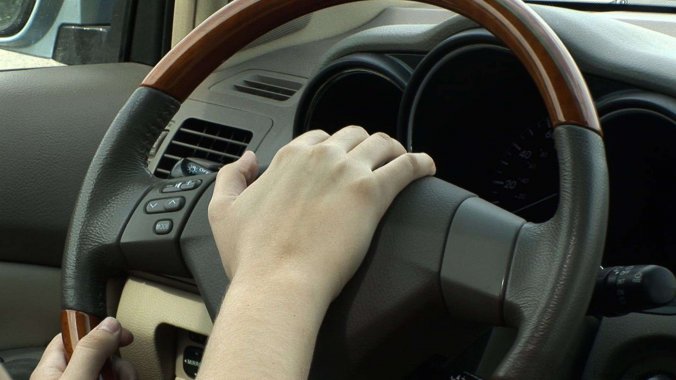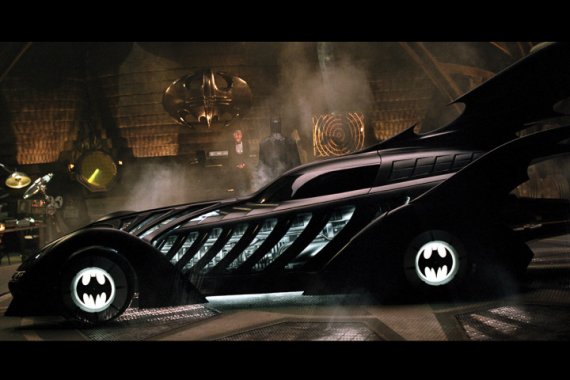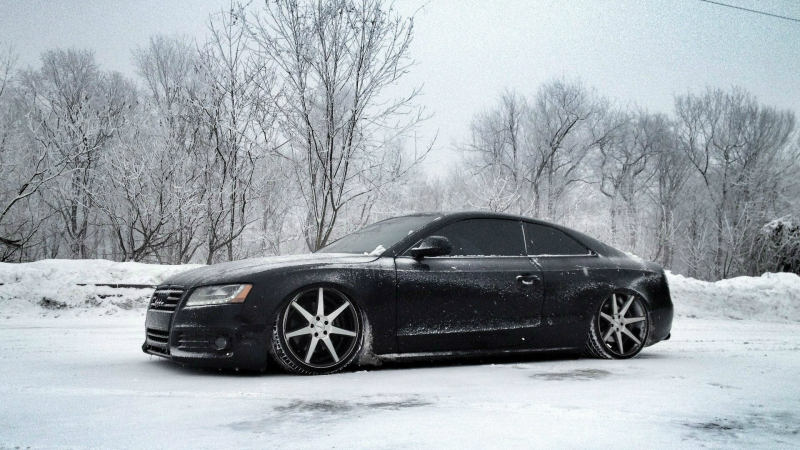Car horns... Who doesn't know the oh-so-familiar road sound: “Toot-toot!”
So who was the one who has invented them and what was the purpose of the device?
In the early 1800's, steam carriages have started to gain popularity in Britain. Then, for the safety of pedestrians and animals, a law was passed which declared that "…self-propelled vehicles on public roads must be preceded by a man on foot waving a red flag and blowing a horn." Of course, soon they have figured out it would be so much more efficient just to attach the horn to the automobile itself. It year 1910 when Oliver Lucas of Birmingham, England, has designed and produced the first electric car horn, much like the ones we use today.
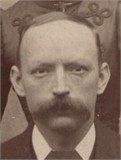
Oliver Lucas
Over the years, there have been many studies conducted and designs created in an attempt to produce horns that would be both pleasing to the ear but still functional, being able to penetrate the rumble and hubbub of traffic noise.
-
There was, fir example, Sireno horn, named so after Greek mythological creatures who used to lured careless mariners to their destruction, using the irresistible charm of their singing, was advertised as a "one-mile signal".
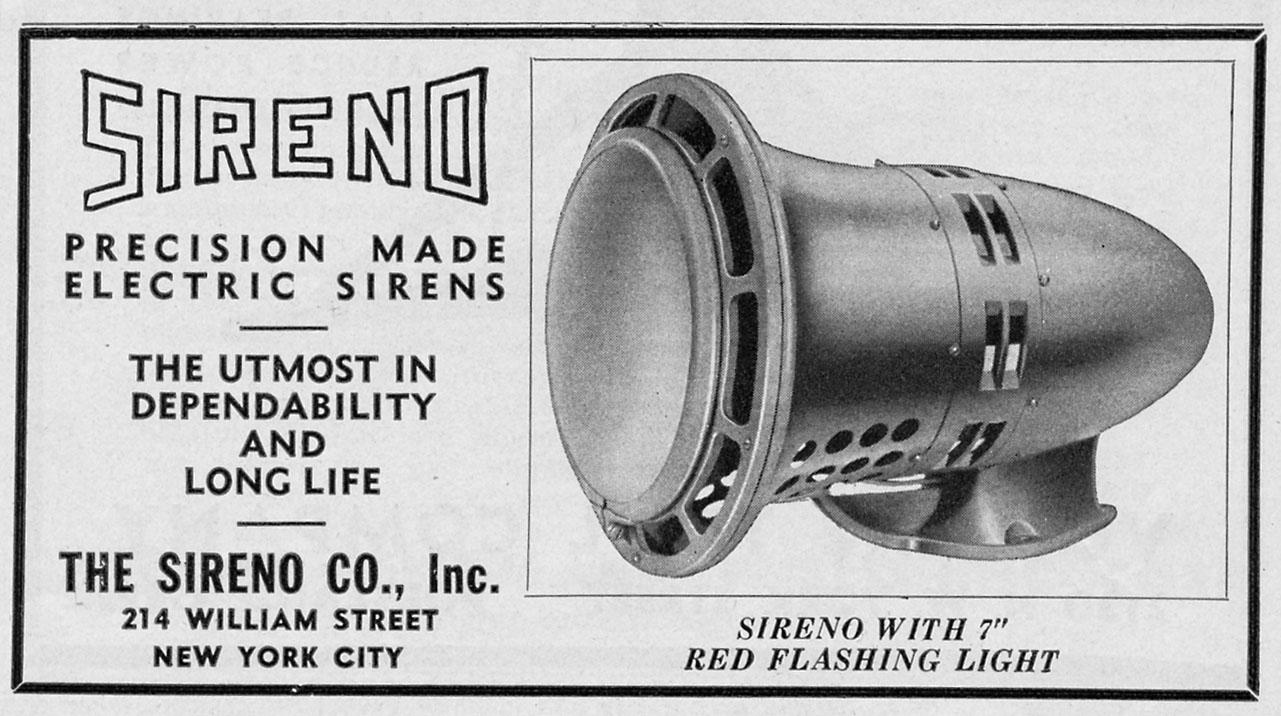
-
Another device, named the Godin, was publicized with the slogan "You press as you steer and your pathway is clear."
-
One of the more popular car horns of the 1910's and 1920's was the Gabriel, called so after the biblical horn-tooting angel. The Gabriel was a multi-toned exhaust horn whose sound was proclaimed as being both forceful and pleasing to the ear.
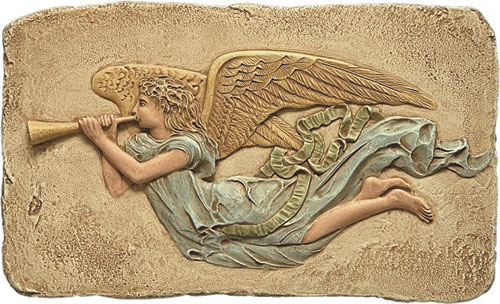
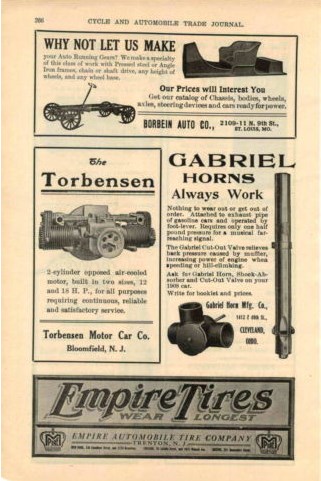
-
Another popular horn was the Klaxon, whose name was derived from the Greek word klaxo, which means "to shriek". The Klaxon produced its sound with an electrically powered vibrating metal diaphragm and it was the first horn that needed "just a touch" to clear the path for the automobile.
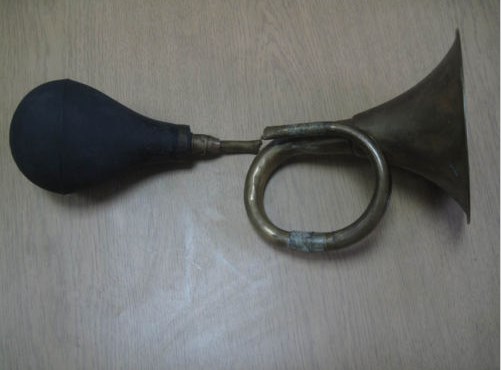
So, we see that till our days car horns have come a long way to become what they are now and have earned our respect during the time of their use as they have indisputably saved many lives.
